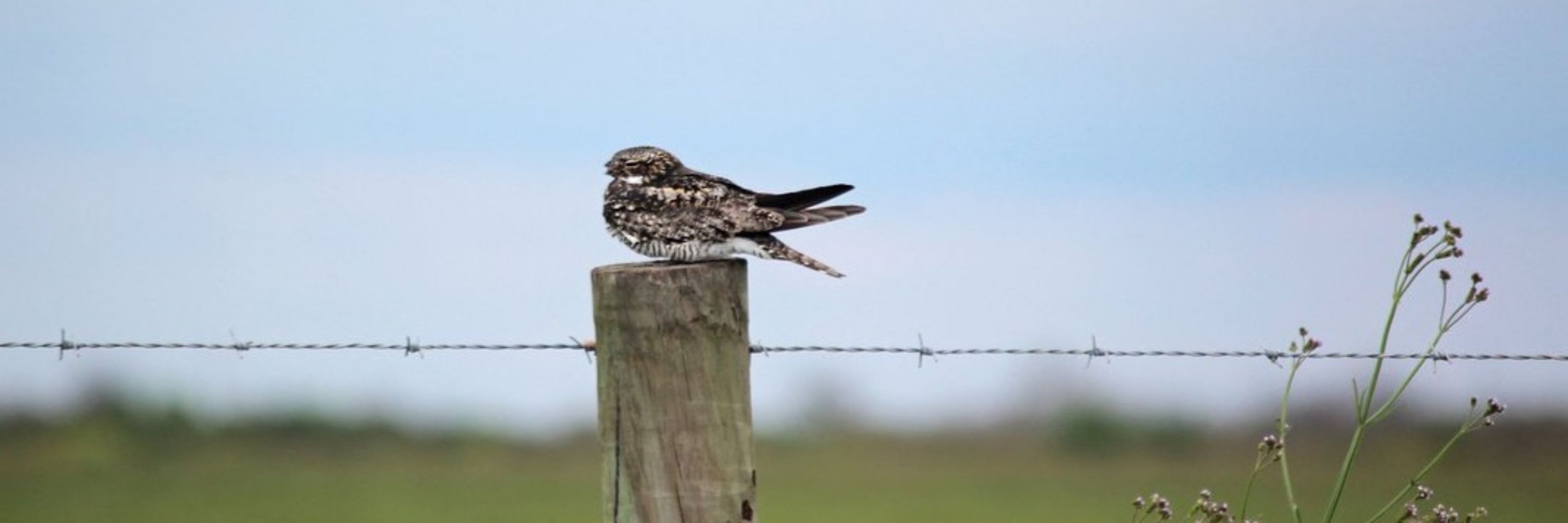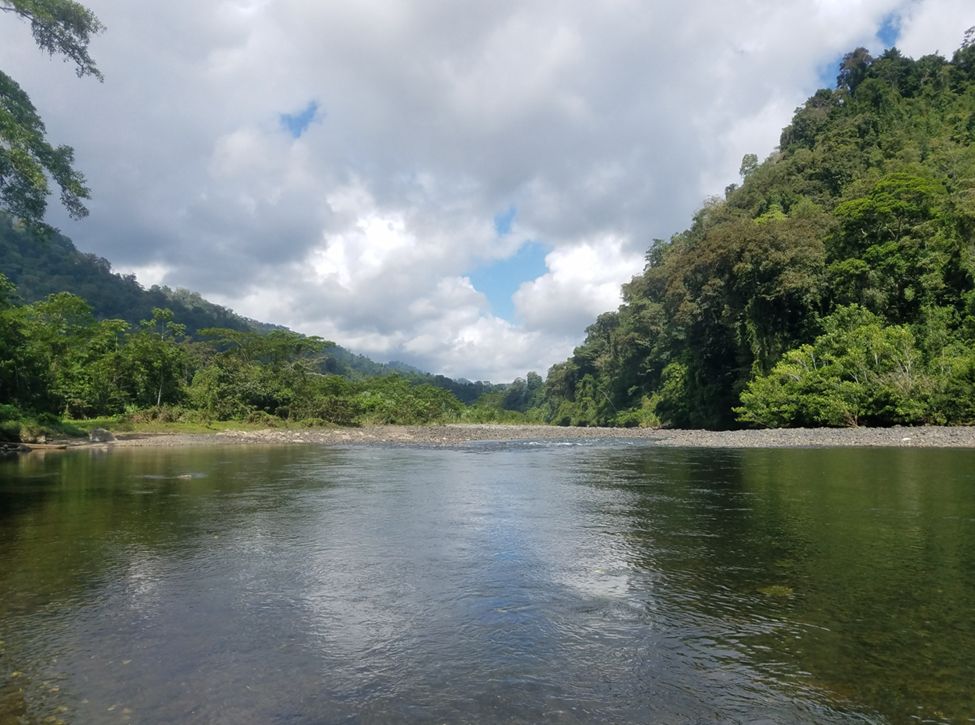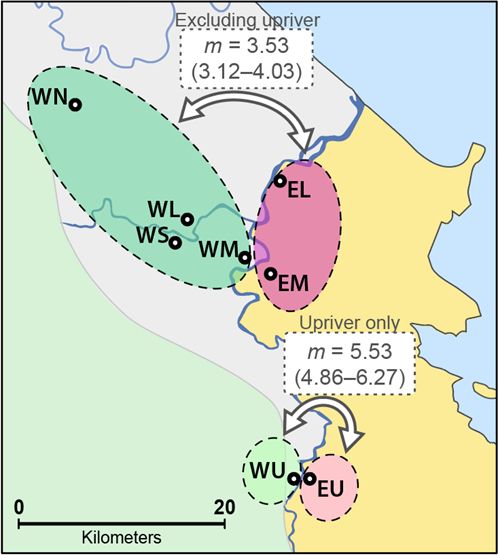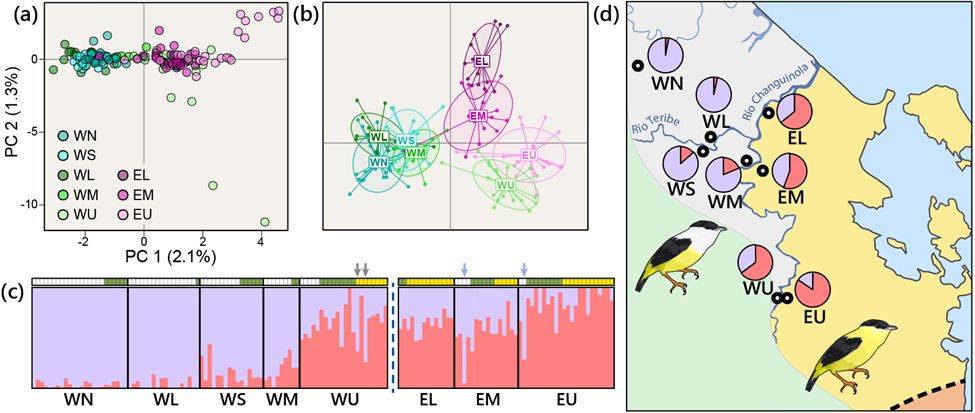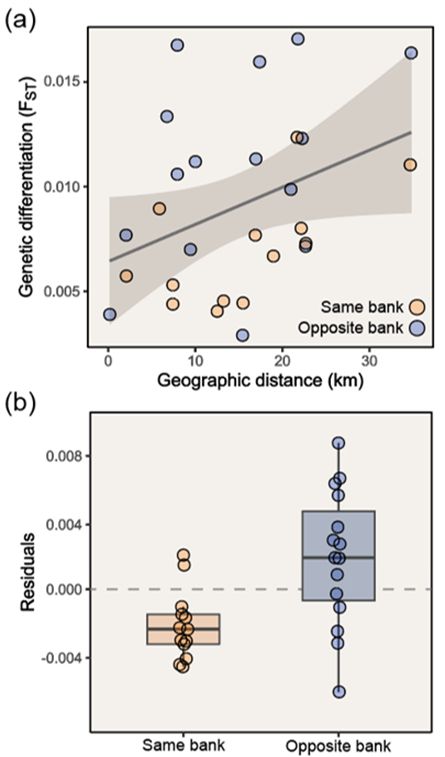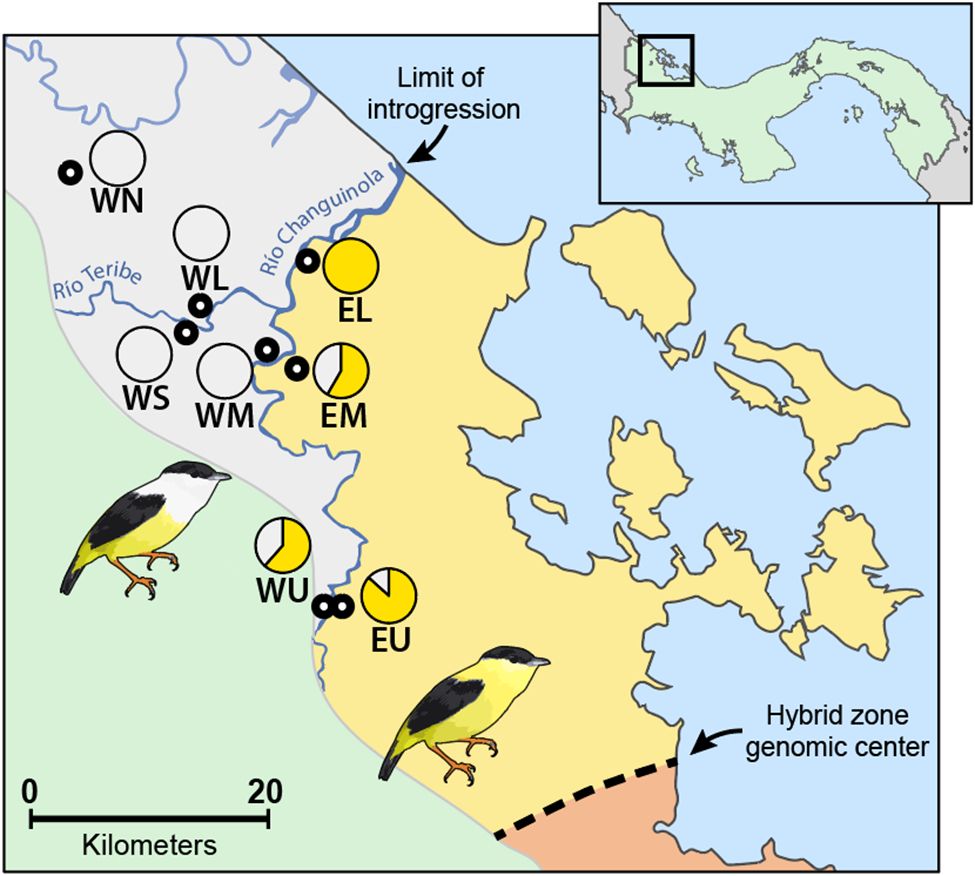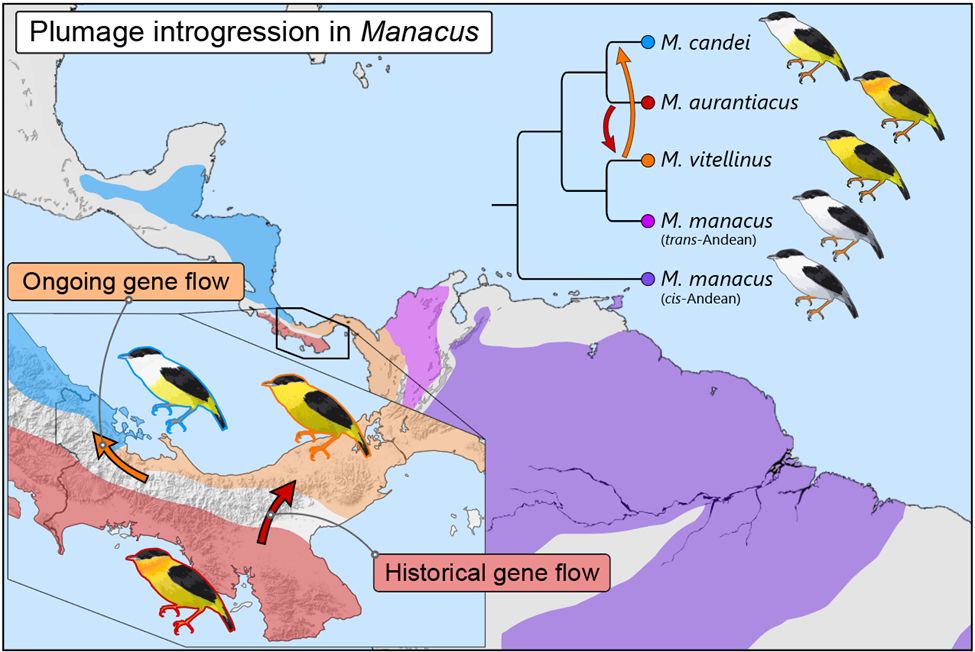Kevin Bennett
@kevinfpbennett.bsky.social
370 followers
180 following
130 posts
Postdoc, Penn State University. Research affiliate, Smithsonian's NMNH. Evolution. Hybridization. Plumage color. Sexual selection. Birds.
Posts
Media
Videos
Starter Packs
Reposted by Kevin Bennett
Reposted by Kevin Bennett
Nick Mason
@nick-mason.bsky.social
· Aug 21
Kevin Bennett
@kevinfpbennett.bsky.social
· Aug 21
Reposted by Kevin Bennett
Reposted by Kevin Bennett
Matthew Hahn
@3rdreviewer.bsky.social
· Aug 6

Phyling: phylogenetic inference from annotated genomes
Phyling is a fast, scalable, and user-friendly tool supporting phylogenomic reconstruction of species phylogenies directly from protein-encoded genomic data. It identifies orthologous genes by searchi...
www.biorxiv.org
Reposted by Kevin Bennett
